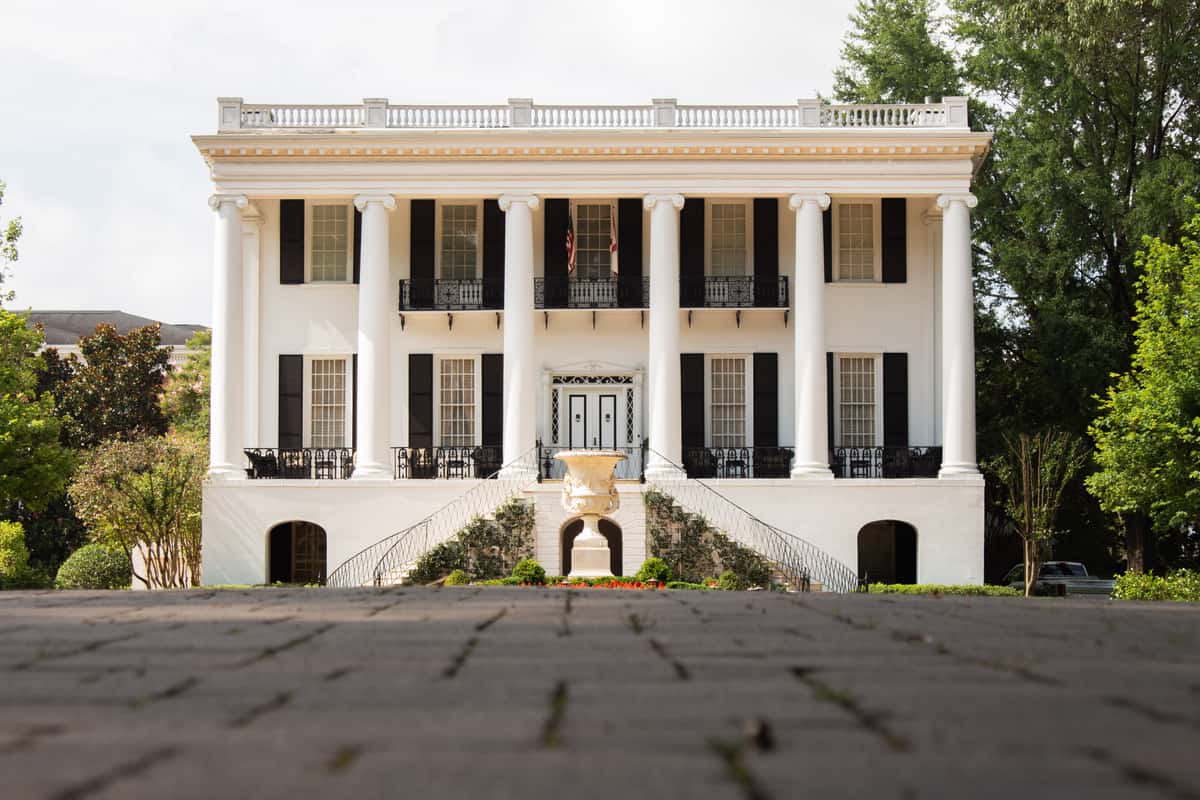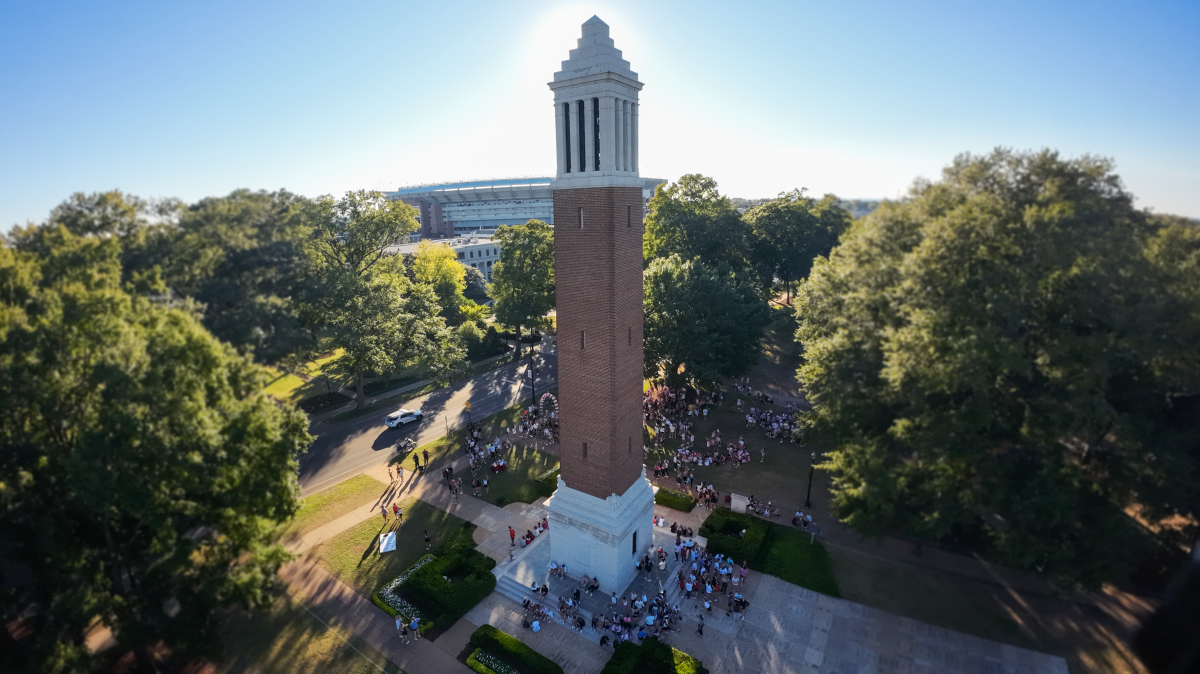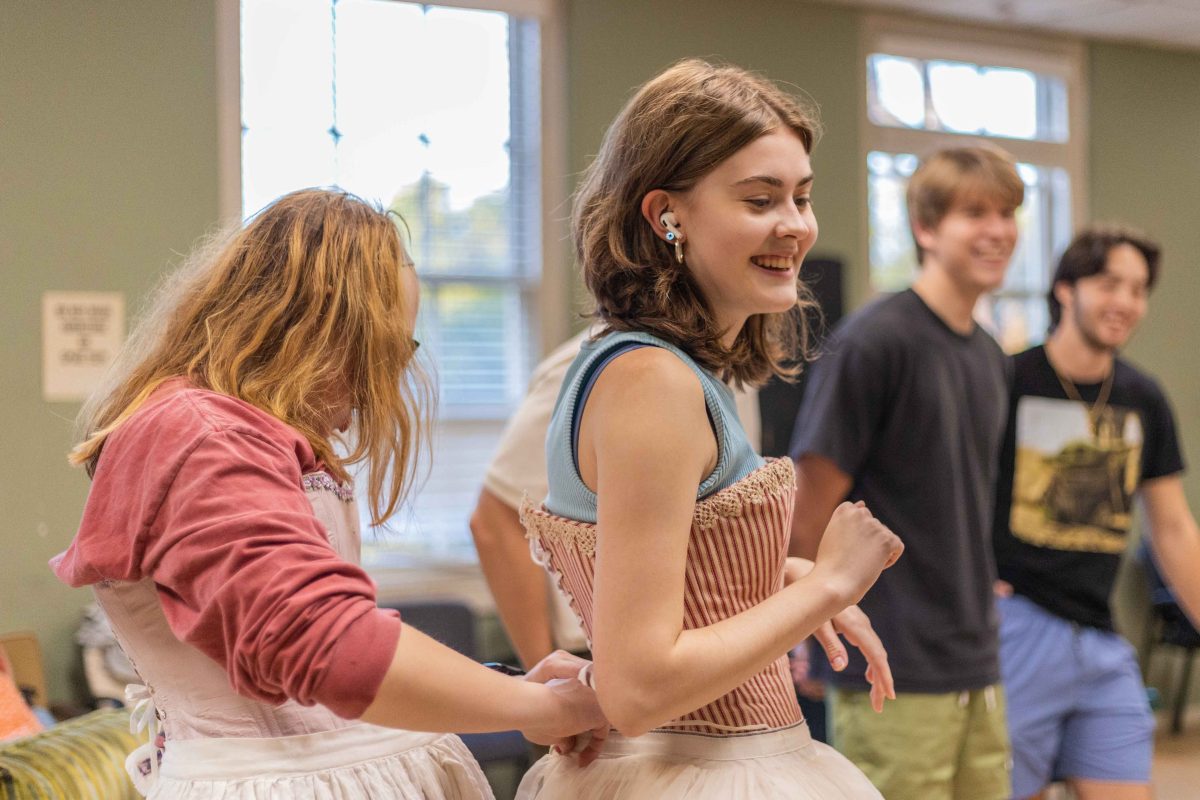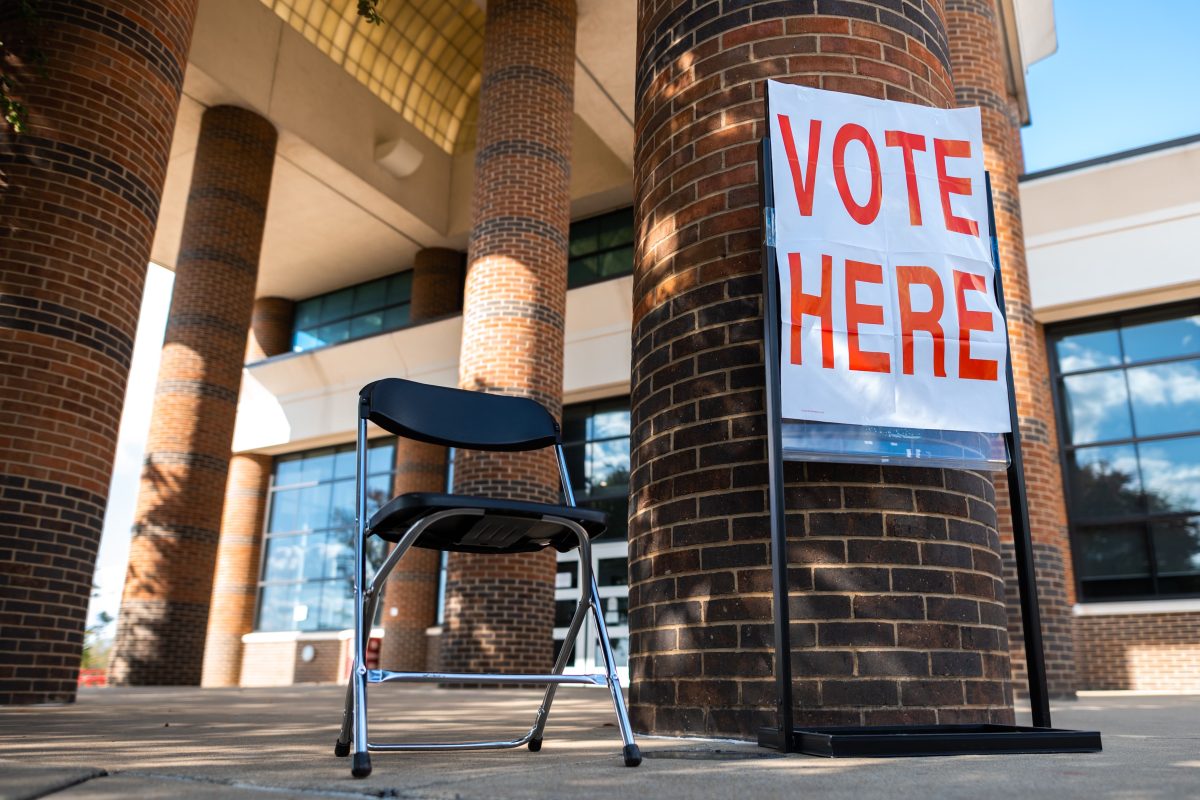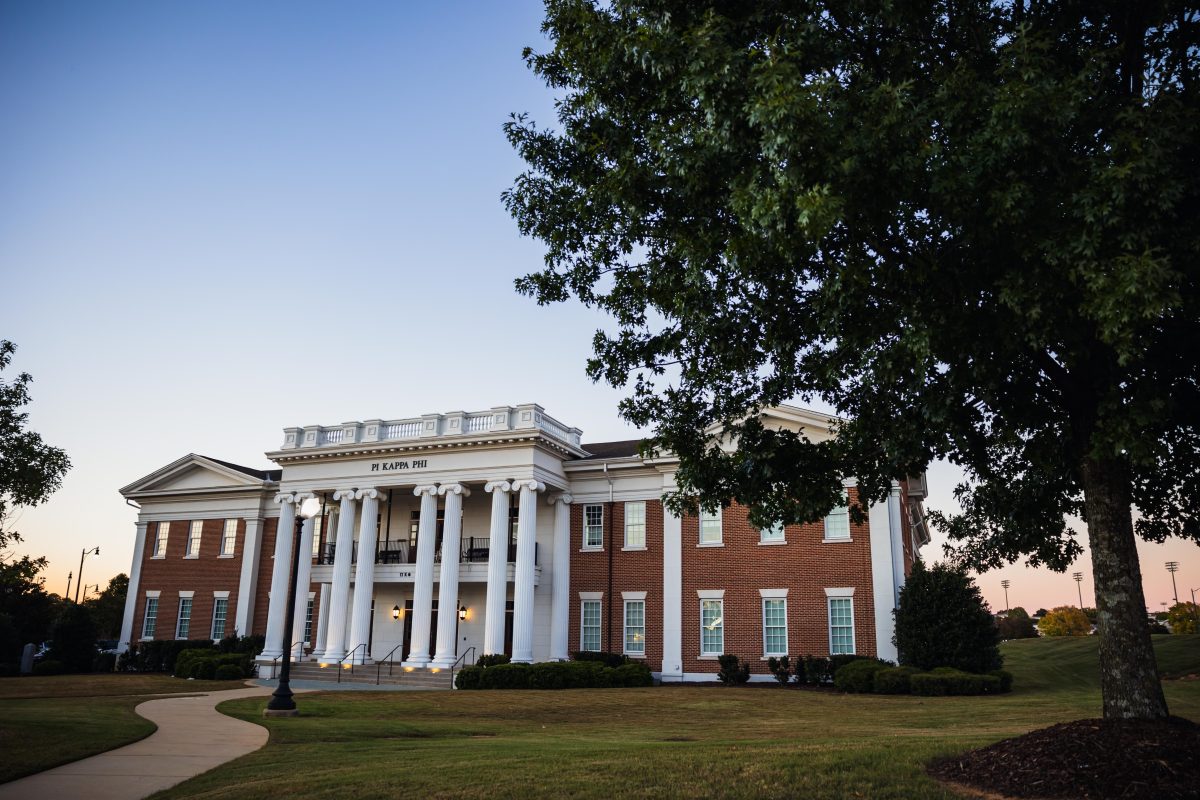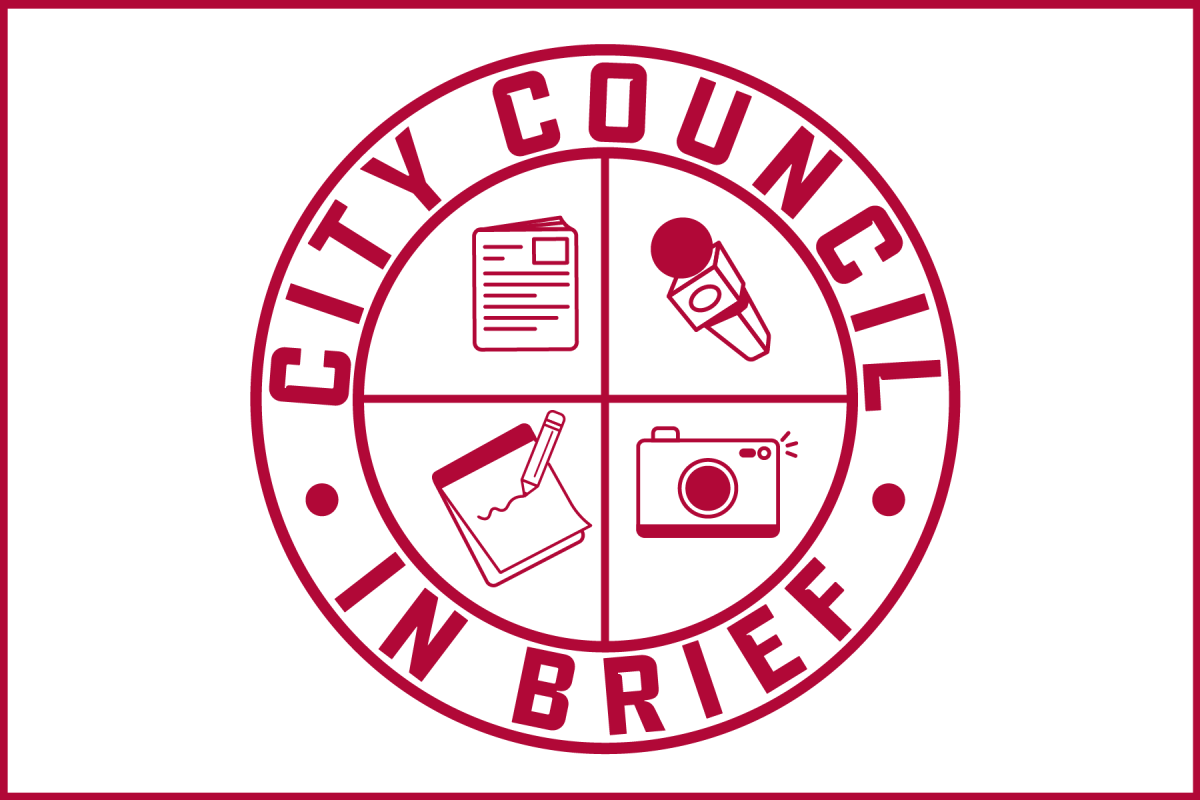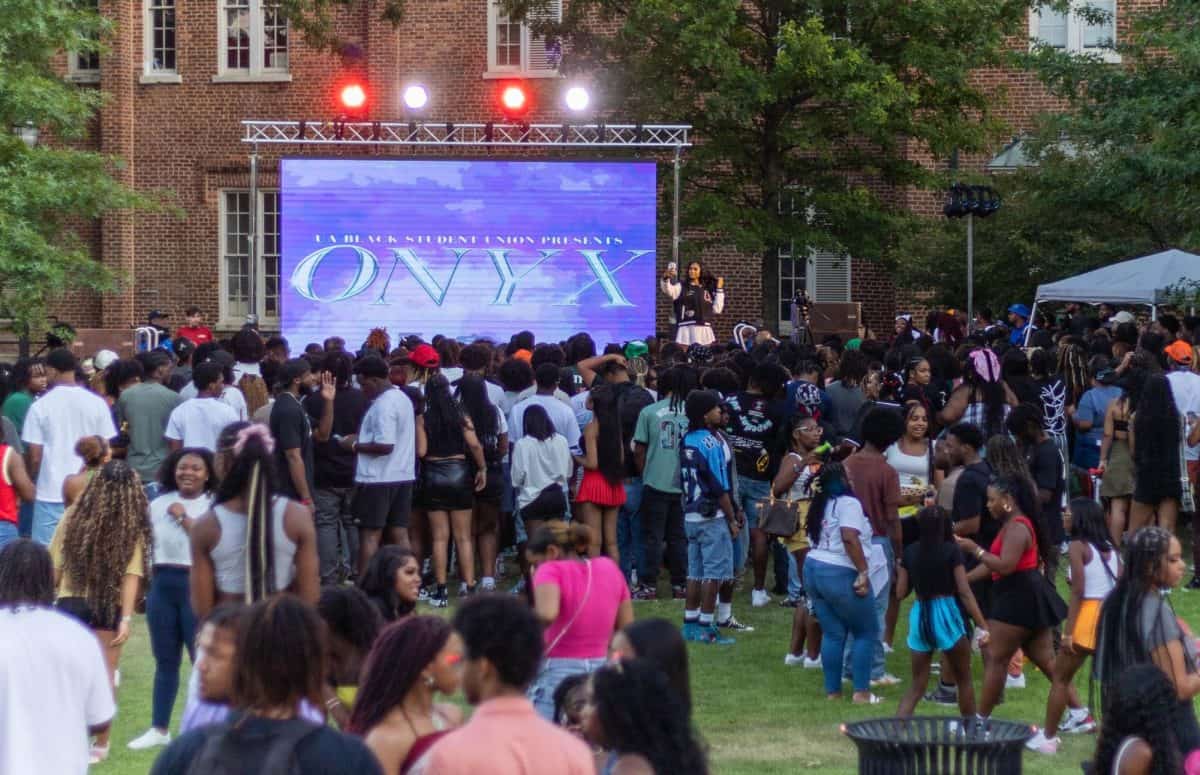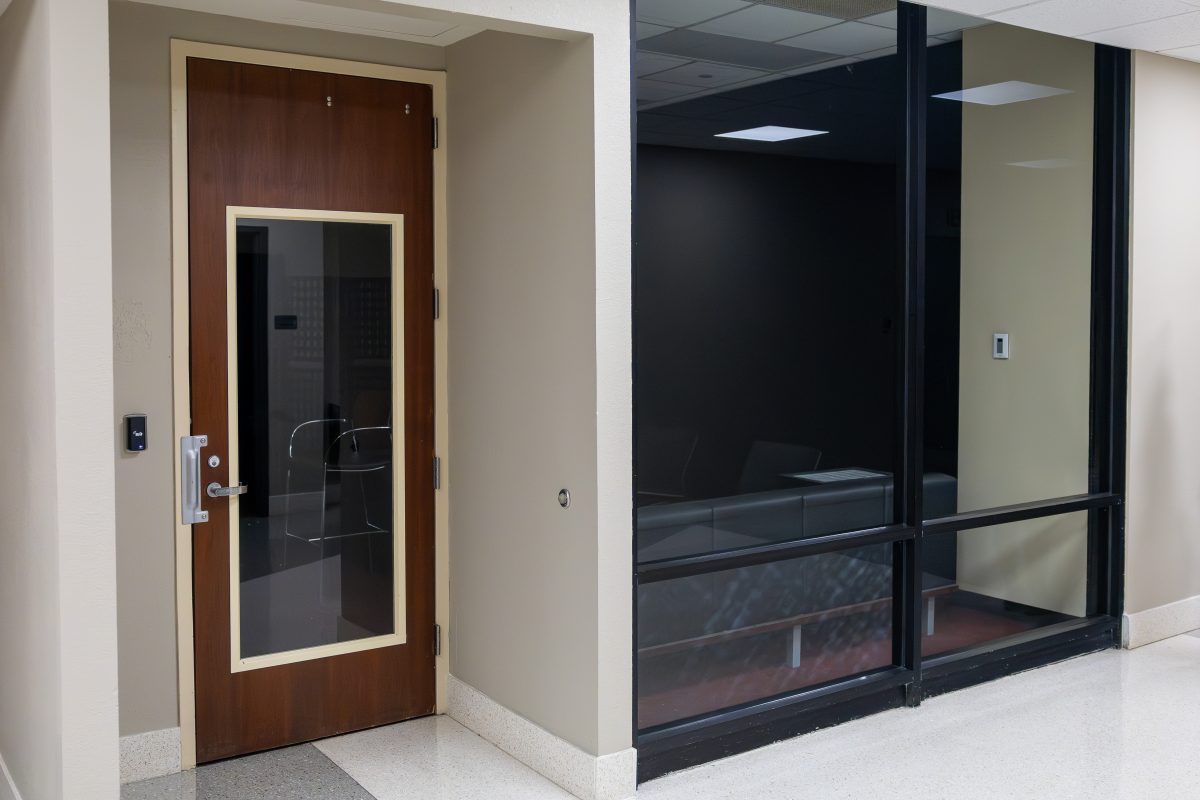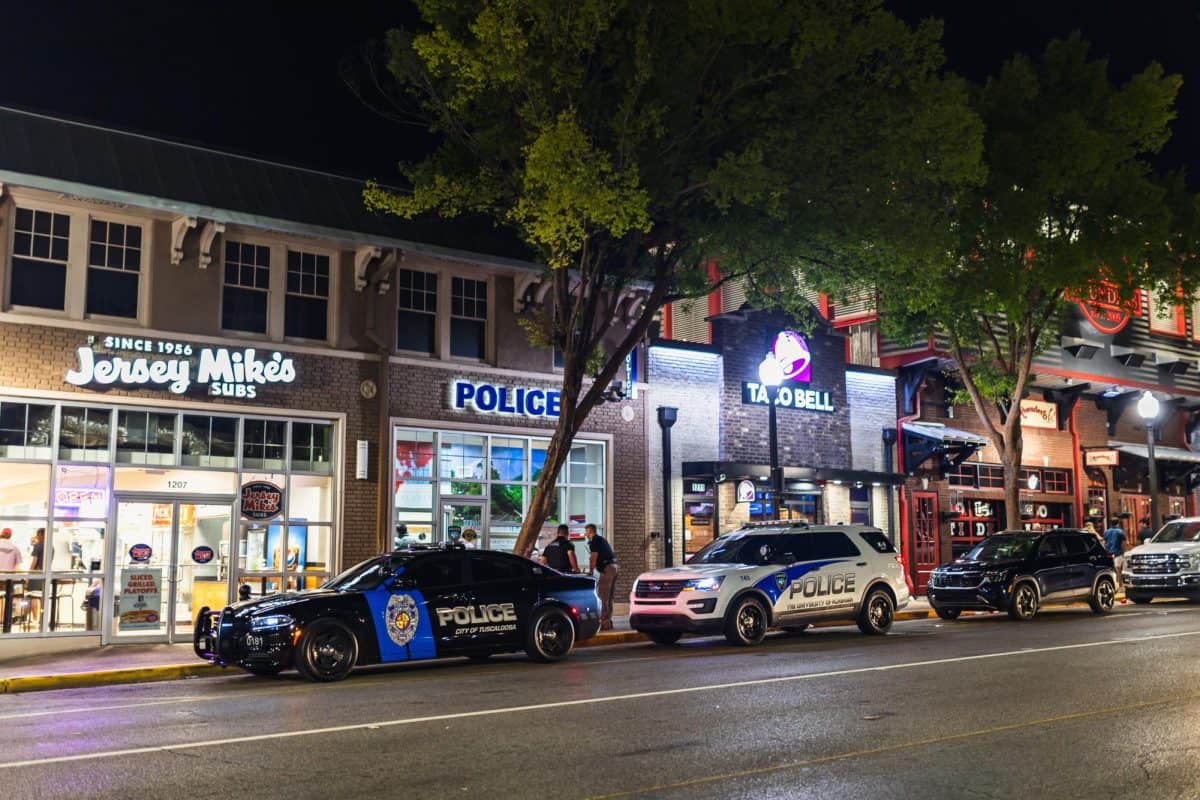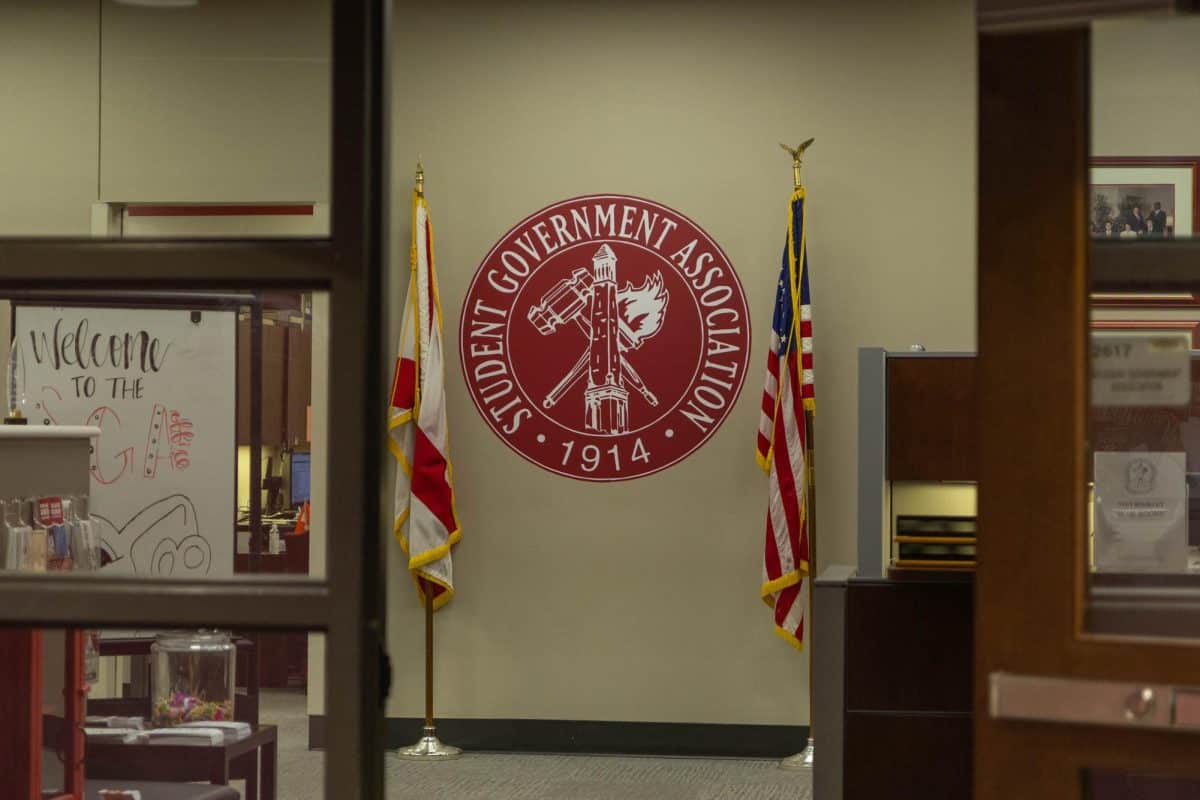A faculty research group has compiled research for and created a new website detailing the University’s history with enslaved people before the Civil War.
Titled “The History of Enslaved People at UA,” the site contains tabs for an overall timeline, a list of names, information about the lives of enslaved people, and more.
The faculty group’s research was the result of a task force made in 2019 in response to a resolution passed by the Faculty Senate in 2018. The research group is led by Jenny Shaw, an associate professor of history, and it also includes members Katharine Buckley, a master’s student in library and information sciences; Briana Weaver, a doctoral student in history; and Valery West, a master’s student in gender and race studies.
The project is a part of Universities Studying Slavery, an international consortium that aims to educate people about educational institutions’ historical ties to the institution of slavery.
According to the website, this is the first time all the names of enslaved people who were connected to the University can be found in one place.
“The first four people — Ben, Sam, Moses, and Isaac — were enslaved by The University of Alabama,” the website states, adding that the other names “were enslaved by faculty, college presidents, trustees, or were hired by UA from enslavers in the Tuscaloosa area.”
All names that could be identified have been included, and the Task Force Reseach Group will update the website in the case of new research. The task force has also encouraged the public to contact it if there is an error or transcription mistake.
“New information may come to light that changes our understanding of some of these sources or our knowledge of the enslaved individuals themselves,” the website states.
The website includes a historical overview, timeline, the names of enslaved people and details of their lives. It also features a document database and recommended further reading.
“It is the first time that these documents are fully accessible — every entry has been transcribed so that visitors can see the originals, but also read a typed transcription for better ease of use,” said Shaw.
The website also credits the prior work of Alfred L. Brophy, Hilary N. Green, Joshua Rothman, and the librarians and archivists at the University of Alabama Libraries Special Collections, particularly Kate Matheny.
As an associate professor of history at the University, Green started conducting the Hallowed Grounds tours, which are guided tours that seek to educate students and community members about the history of slavery at the University.
Green is now the James B. Duke Professor of Africana studies at Davidson College, but students continue to conduct the tours.
Green stated in an email that the University has not promoted the Hallowed Grounds tours.



